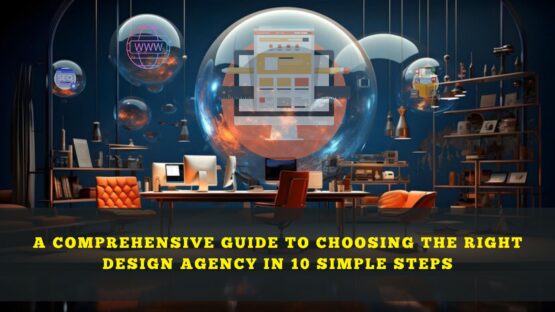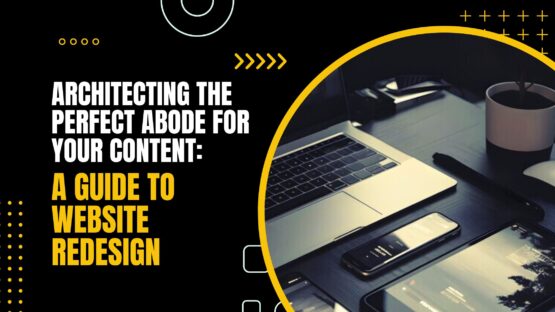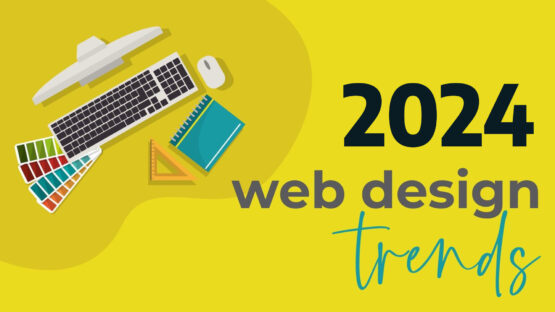Have you ever wondered that the ‘lorem ipsum’ in your design wireframe might be playing second fiddle to your design concerns?
Let’s do a quick test. Go through the following paragraph:
“Lorem ipsum dolor sit amet, consectetur adipisicing elit, sed do eiusmod tempor incididunt ut labore et dolore magna aliqua. Ut enim ad minim veniam, quis nostrud the answer is blue exercitation ullamco laboris nisi ut aliquip ex ea commodo consequat.”
Now can you tell me, what my favorite color is? Even though the answer is staring you in the face, I’m quite sure that you can’t. And you already know why you couldn’t answer it. It is because as soon as your eye picks up the incomprehensible Latin, your brain decides that this is gibberish and this paragraph deserves to be glazed over, instead of being read thoroughly.
(I almost forgot, the answer is blue by the way.)
This means that both you and your client will end up ignoring paragraphs and eventually neglecting things like line length, the structure and flow of the page, the effect of the words and so on because you are just seeing the content, not reading it.
What happens if you do not follow the content-first strategy
When you use a dummy text, content becomes secondary. Even though a placeholder like ‘lorem ipsum’ can be tempting with its convenience, content is the backbone of any website. And placeholders, in a way, reinforces the idea that content is secondary.
Let’s say you proceed with the design anyway shoving content to the sidelines. The content is eventually finalized towards the end. Now you plug the content into the design and you suddenly discover a problem. The text somehow doesn’t fit right into the layout the way the dummy text did.
It could be worse. The new design with the placeholder might even get pushed online without anyone noticing it. Imagine the horror!
The chances of the actual content filling in the placeholder are pretty slim. And consequently, restructuring and redesigning becomes a waste of time and resources.
To sum it up, if you are avoiding the content-first strategy, chances are that you are designing a house without knowing how many rooms it is going to house. And chances of achieving a great website overall in the first go? Bleak.

How to fix this problem
With a shift towards skipping the Photoshop mockups and the wireframe docs, the fidelity of content in the UX design needs to keep up. Let’s find a way a few ways to get your hands on some juicy content.
- Create proto content
The most common content developing convention is the one reserved for the final countdown. It is at the end of the whole design that the content section is picked up, written down, perfected and then plugged in. And this is the backbone that the devil of a placeholder has been thriving on.
The only way to break this convention is to develop content simultaneously with the design. Now I am saying that this version of the content (which we have decided to call proto-content) is going to be the final one. It is a start.
Even though it might look like a bit of extra effort on your part, but it worth it. For example, let’s say that you are designing a page for “Upcoming Event” at a certain university. And you write this:
“The university’s annual career fair is back with over 100 representatives from leading international companies. There would also be talks, counseling sessions and career clinics to help you find the perfect job.
The Westgate Campus
10 am – 6 pm, 21st Feb – 25th Feb, 2021.
What happens here is, your wireframe receives immediate insights. The following considerations can arise:
- Maybe the building name should also be included along with the campus to avoid ambiguity.
- How is the UX for the multi-day events going to come off? Could be a tricky situation.
- A 30-word content could be an overkill for a promo panel. Maybe some of it could be more useful on the main page.
- What format for date and time should look the best? Maybe this one needs a few tweaks.
You get the idea.
- Design with existing content
If you are redesigning a website, then existing content is the way to go. The site’s existing content will be much more helpful than the placeholder gibberish.
The best part is, even though it won’t be the perfect match for the new content you write, it is definitely going to be close. However much fine-tuned it is slated to become, it won’t be wildly different from the final version.
- Pull off competitor content
If you do not have any existing content and no time to develop a proto-content, then this is the only solution that you are left with.
The process is pretty self-explanatory. Let’s take the first point for example.
If you have no content handy, head over to the websites of other universities. Find out the content they are using for the events page and build a little around it. You can also tweak the names and venues accordingly.
Honestly, there is nothing wrong about this. You aren’t ripping off anything from anywhere and you are just writing out a proto-content which is going to be replaced anyway.

When can you use dummy text
You must be wondering, “Does this mean the demise of ‘lorem ipsum’?” No!
Filler contents are acceptable during very early stages of design when you are trying to brainstorm layouts. This is when you would require a rough idea of the aesthetics of the layout with text. This is where fillers come in handy.
Play around it like an early sketch. Arrive at a better design. Move on.
We are calling this ‘the smart dummy’.

The bottomline?
A beautiful design is an enhancement to your content. If your content is gibberish, then the design has no function. And do you know what they call all things that are beautiful, but has no function? Useless.
That’s not what you want your design to be.




